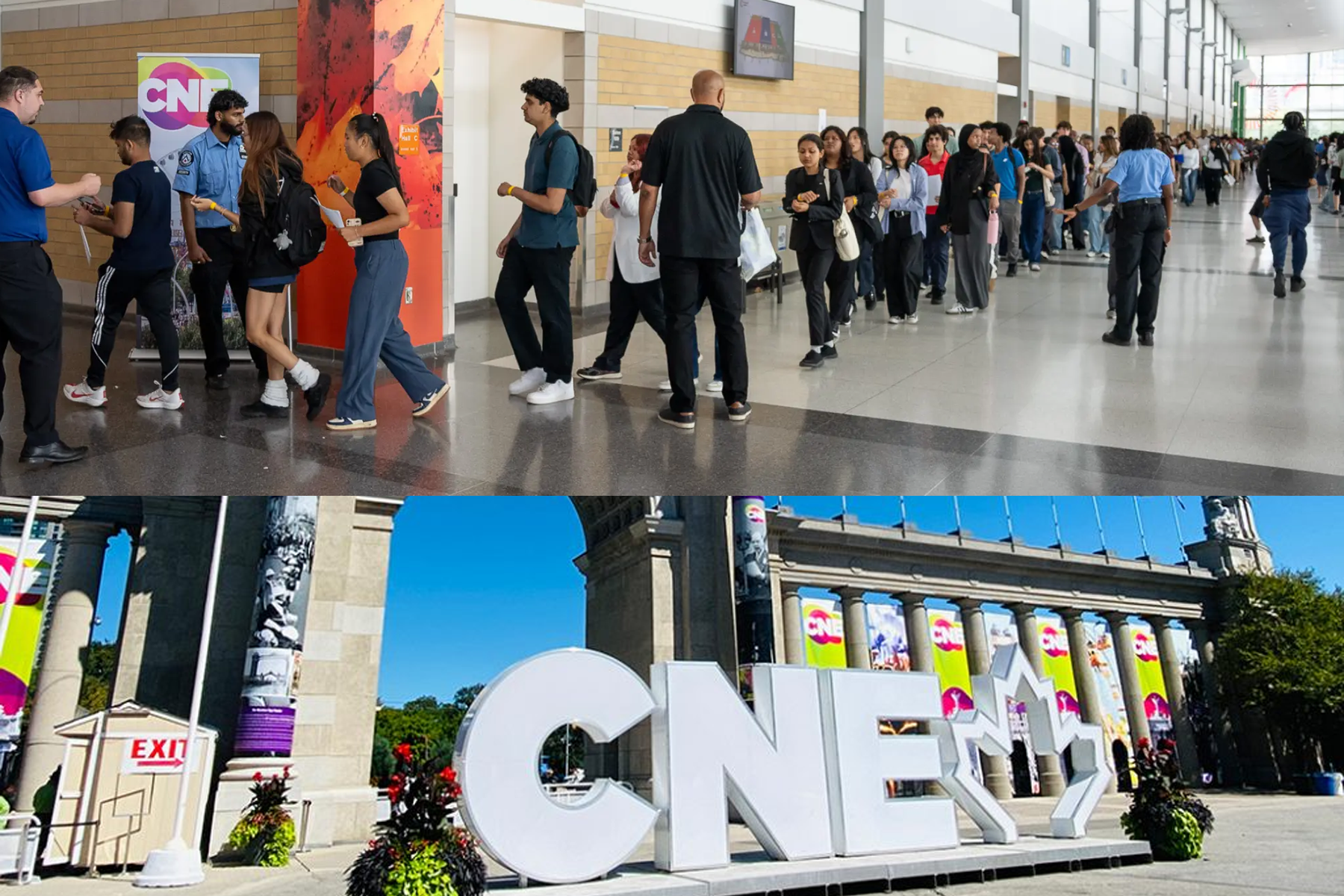Online communities, traditional news media and politicians have begun questioning the suspicious use of the Federal Government’s Temporary Foreign Worker (TFW) and Labour Market Impact Assessment (LMIA) programs to access slave-like labour, suppress wages and increase profits in Canada’s difficult labour market.
Over the past several days, an online map that allows Canadians to view the amount of LMIA assessments approved across the country raised suspicions on whether corporations are requesting and if the government is approving TFWs in good faith. This comes during one of the worst labour markets Canadians have experienced in a decade (not including the pandemic).
When created, the TFW program was meant to allow employers to fill jobs that did not have enough interested and qualified Canadian applicants with temporary foreign workers. When corporations apply to bring in a TFW, they may or may not be required to request a LMIA assessment, with several exemption codes existing.
Corporations that need to request a LMIA assessment must prove that there is a need for a TFW and that no Canadians or permanent residents are available to do the job. The viral map (linked above) uses Statistics Canada information to display how many LMIAs have been approved across Canada, with places like the GTA numbering in the thousands. Commenters both online and through opinion articles have begun to question whether corporations are being honest about their need for TFWs.
Canada’s TFW program has been identified by the United Nations as leaving temporary workers vulnerable to “contemporary forms of slavery” due to the nature of the program.
Individuals under the TFW program generally come from the global south in search of better opportunities. However, once they arrive in Canada, they are tied to a single employer due to their immigration status. In practice, this results in TFWs working in poorer conditions for significantly less money with a greater risk of workplace abuse. These are all described as integral features of the program by Amnesty International.
The abuse of TFWs and the effects the program is perceived to have had on entry level and summer jobs for Canadians (who generally have more labour rights than TFWs) have led to an online discussion on the state of corporate abuse, government corruption and collective worker treatment.
The LMIA map has resulted in more targeted criticism of specific regional markets, with residents having an easier time and growing interest in observing permit approval rates.
The discussion on TFWs, which has propagated in online forums such as Reddit, has wound its way into more traditional media across the political spectrum in pieces by the Globe and Mail, CBC’s Radio-Canada and The National Post following calls by British Columbia Premier David Eby and opposition leader Pierre Poilievre to end or reform the program.
As reported by the CBC, Premier Eby went on record “during an unrelated announcement” to say that “The Temporary Foreign Worker program is not working. It should be cancelled or significantly reformed […] we can’t have an immigration system that fills up our homeless shelters and our food banks […] we can’t have an immigration program that results in high youth unemployment.”
The sentiment bridges the gap between political parties, as it places the New Democratic Party (NDP) Premier on the same page as Conservative leader Poilievre, who released a similar statement.
Eby went on to discuss his belief that the TFW program is being abused through forgery and corruption.
While the TFW program has been in the spotlight for Canada’s difficult job market, experts interviewed by CBC suggest that “the real challenge […] lies with international students who can obtain open work permits after graduation that can be valid for up to three years.”
The discussion surrounding the labour market and TFWs has flared up into mainstream media in recent days, with an increasing amount of public scrutiny and suspicion rising around the true intentions of the program.
As it stands, according to CTV News, Prime Minister Mark Carney has stated that the Temporary Worker program “has a role,” but “has to be focused” and that tariffs remain a priority for the government. He noted that businesses“want the program to exist.”
The future of immigration policies in relation to employment and quality of life make their way to the front of Canadian politics as the cost of living and employment crises hit the youth hardest.

